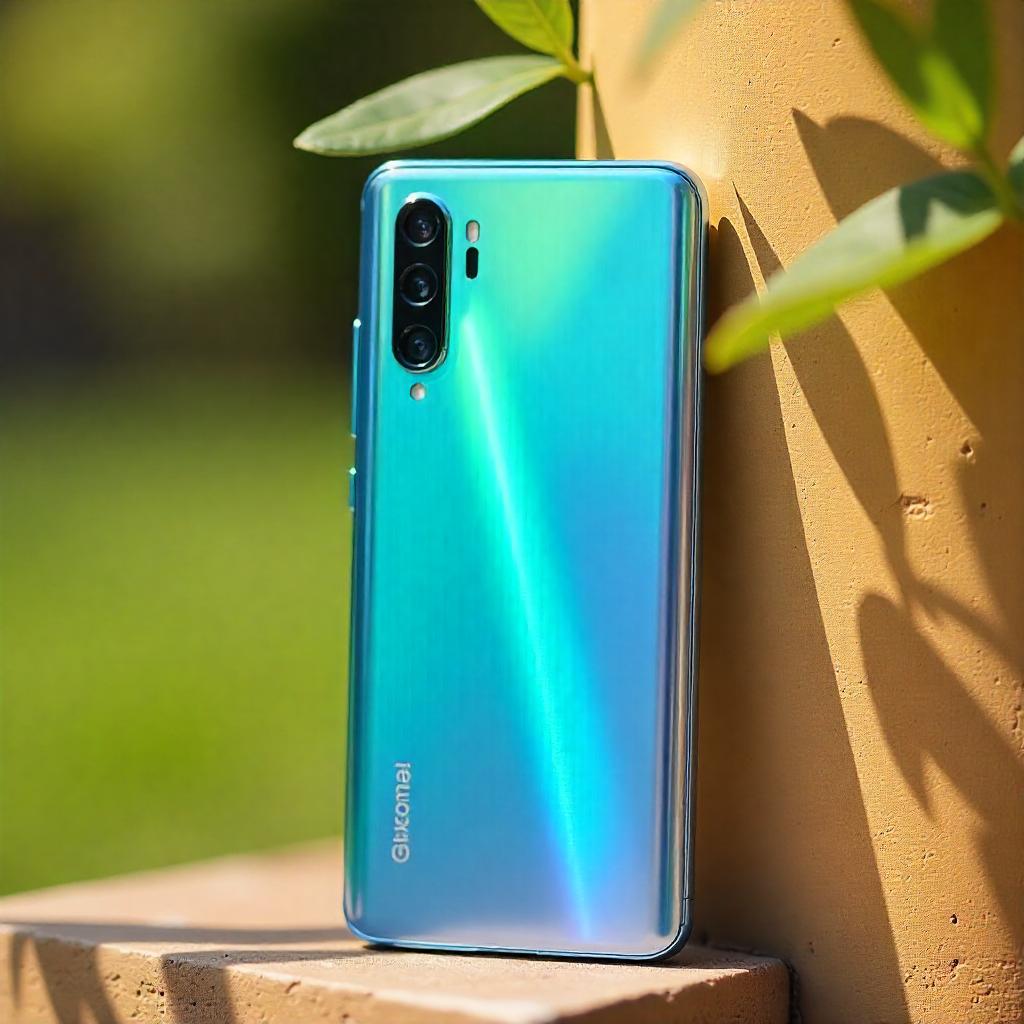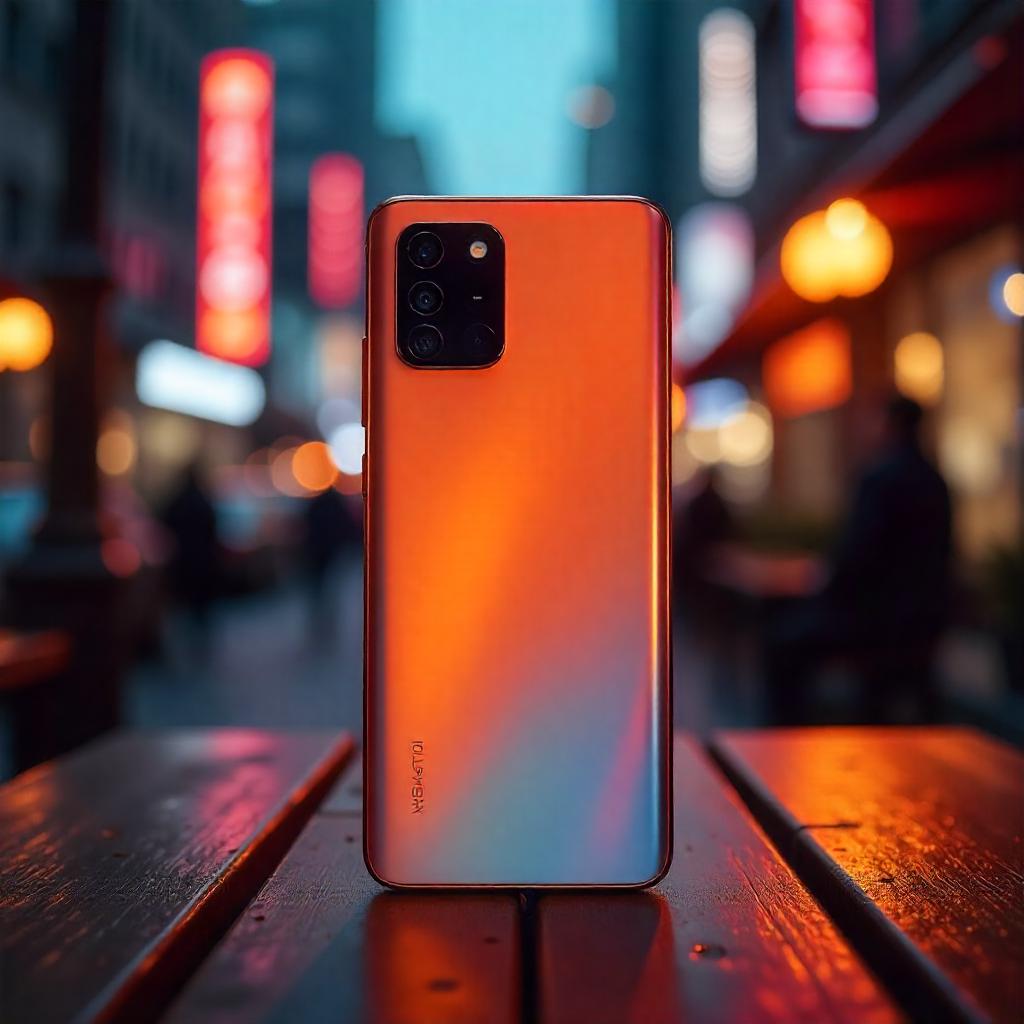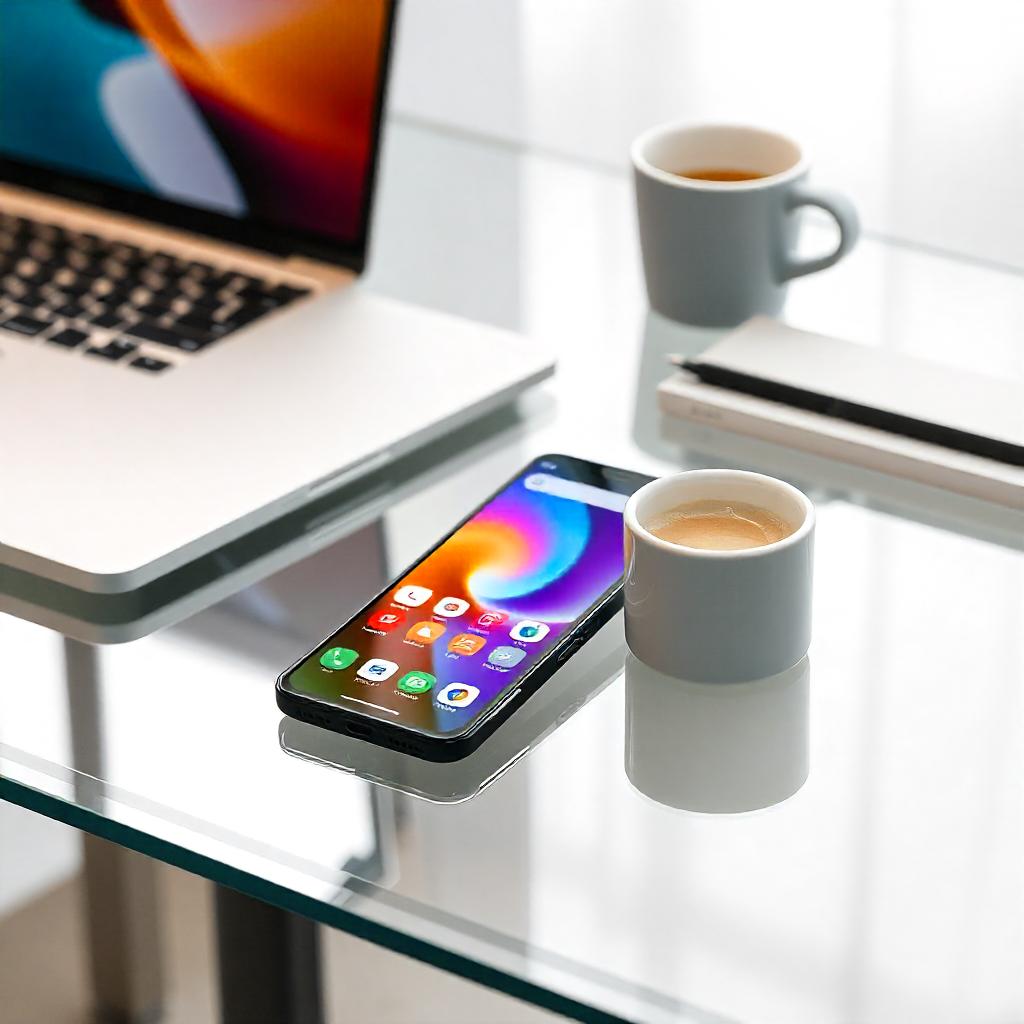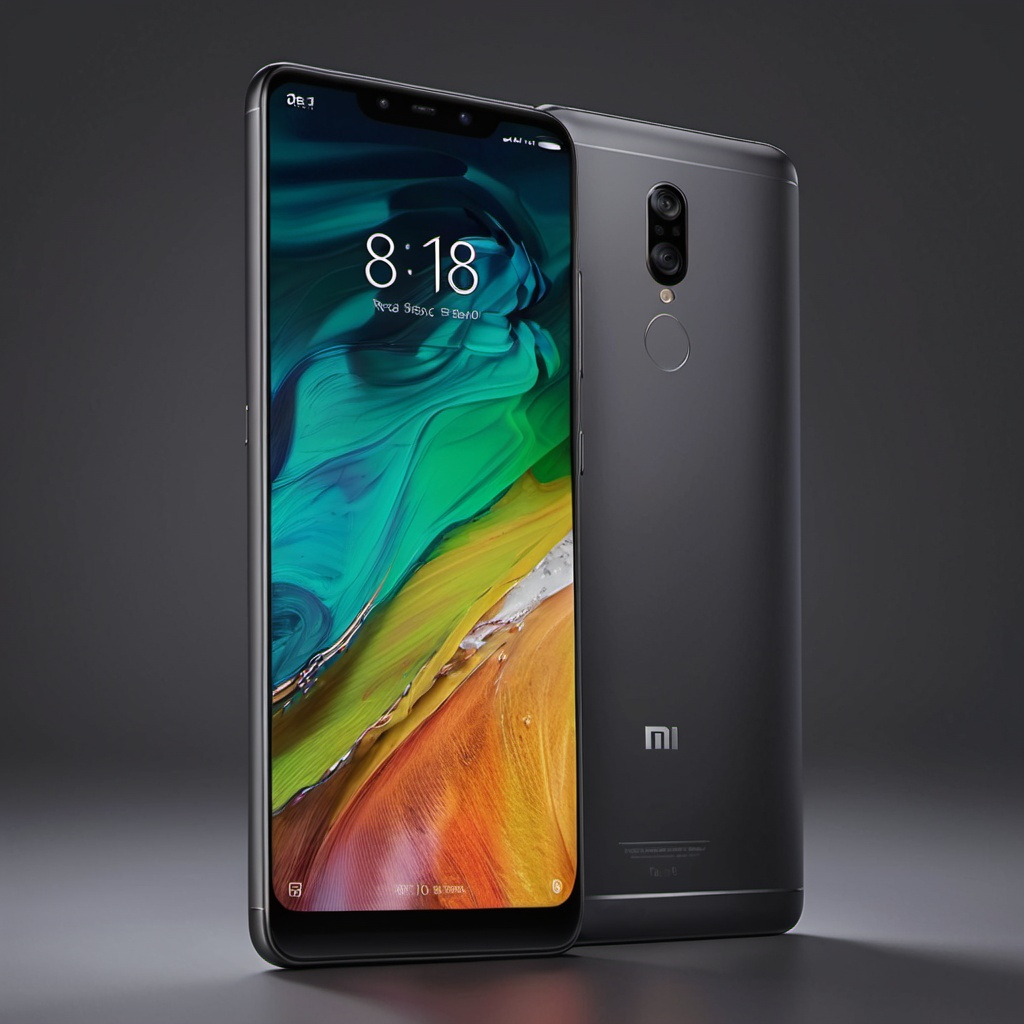Xiaomi Smartphones a brand synonymous with innovation and affordability, has made a significant mark in the smartphone industry since its inception in 2010. Known for delivering high-quality devices at competitive prices, Xiaomi has a diverse lineup catering to various user needs and preferences. This blog provides an in-depth look at Xiaomi’s smartphone models, their features, and what sets them apart in the market.

1. Xiaomi’s Brand Evolution
Xiaomi started as an internet company, and its vision was to create high-quality smartphones that are accessible to everyone. The brand’s motto, “Innovation for Everyone,” reflects its commitment to making cutting-edge technology affordable. Over the years, Xiaomi has expanded its product range beyond smartphones to include smart home devices, wearables, and other electronics, but its smartphones remain the core of its business.
2. Key Series of Xiaomi Smartphones
Xiaomi’s smartphones are categorized into several series, each targeting different market segments:
2.1 Mi Series
The Mi series represents Xiaomi’s flagship offerings. These smartphones come with the latest technology and premium features.
Key Features:
- High-end Processors: Typically powered by the latest Qualcomm Snapdragon or MediaTek chipsets.
- Premium Build Quality: Often features glass and aluminum finishes.
- Advanced Camera Systems: Includes multiple lenses with high megapixel counts and advanced AI capabilities.
- High Refresh Rate Displays: 90Hz or 120Hz displays for smooth scrolling and gaming.

Notable Models:
- Mi 11: Launched with a Snapdragon 888, it features a stunning AMOLED display and a powerful camera system.
- Mi 12: Further enhancing performance with a focus on AI photography and gaming capabilities.
2.2 Redmi Series
The Redmi series is Xiaomi’s budget-friendly lineup, offering great value without compromising essential features.
Key Features:
- Affordable Pricing: Designed for budget-conscious consumers.
- Decent Specifications: While not flagship-level, they still pack a punch with capable processors and cameras.
- Durable Build: Generally features plastic bodies but maintains a stylish design.
Notable Models:
- Redmi Note 10: Known for its AMOLED display, solid performance, and excellent battery life.
- Redmi Note 11: Improved performance and camera quality while maintaining affordability.
2.3 POCO Series
Initially a sub-brand of Xiaomi, POCO has established itself as a standalone brand known for performance-oriented smartphones at budget prices.
Key Features:
- Performance-Centric: Equipped with powerful processors and large batteries.
- Minimal Bloatware: Focuses on a clean user experience.
- Aggressive Pricing: Competes directly with other budget-friendly brands.
Notable Models:
- POCO F3: Offers flagship performance at a mid-range price point, featuring a Snapdragon 870.
- POCO X3 Pro: Known for its gaming capabilities and strong battery performance.

3. Innovative Features of Xiaomi Smartphones
Xiaomi smartphones are not just about affordability; they come packed with features that enhance the user experience.
3.1 MIUI
Xiaomi’s proprietary operating system, MIUI, is based on Android. It offers a rich user interface with various customization options, themes, and additional features like:
- Dual App Functionality: Run two instances of the same app.
- Second Space: Create a separate space for apps and data, enhancing privacy.
- Built-in Security Features: Including app lock and privacy settings.
3.2 Xiaomi Smartphones Camera Technology
Xiaomi invests heavily in camera technology. Their smartphones often include:
- Multiple Camera Setups: Ultra-wide, macro, and telephoto lenses.
- AI Enhancements: AI-driven features for improved photography, including Night Mode and AI Portraits.
- 108 MP Cameras: Found in flagship models, allowing for high-resolution photography.

3.3 Xiaomi Smartphones Battery and Charging
Battery life is a crucial aspect for smartphone users. Xiaomi smartphones often feature:
- Large Capacity Batteries: Ranging from 4,000 mAh to over 5,000 mAh.
- Fast Charging Technologies: Including Mi Turbo Charge and wireless charging options.
4. The Ecosystem: Beyond Smartphones
Xiaomi has developed an extensive ecosystem that enhances the smartphone experience:
4.1 Smart Home Devices
Xiaomi’s range of smart home products includes:
- Smart Bulbs: Adjustable brightness and colors controlled via smartphone.
- Smart Security Cameras: Offering live streaming and recording features.
- Smart Appliances: Like air purifiers and vacuum cleaners, all integrated with the Mi Home app.
4.2 Wearables
Xiaomi’s wearables, such as the Mi Band series, complement their smartphones by providing health tracking features and notifications.
4.3 Accessories
Xiaomi also offers various accessories, including:
- Power Banks: Reliable and portable charging solutions.
- Cases and Screen Protectors: For enhanced device protection.
- Audio Products: Like wireless earbuds and headphones.
5. Xiaomi Smartphones Market Impact and User Reception
Xiaomi’s innovative approach and competitive pricing have significantly impacted the smartphone market, particularly in regions like India, Europe, and Southeast Asia. The brand has consistently ranked among the top smartphone manufacturers globally, challenging established players like Samsung and Apple.
5.1 User Feedback
Users often praise Xiaomi smartphones for their:
- Value for Money: High specifications at lower prices compared to competitors.
- User-Friendly Interface: MIUI’s intuitive design appeals to a broad audience.
- Frequent Updates: Xiaomi is known for rolling out software updates regularly, enhancing device performance and security.
6. Conclusion
Xiaomi has successfully carved a niche in the smartphone market by offering devices that combine innovative features with affordability. With a diverse range of models catering to different consumer needs, from budget to flagship devices, Xiaomi continues to push the boundaries of technology while maintaining its commitment to making high-quality smartphones accessible to everyone.

As the smartphone industry evolves, Xiaomi’s focus on innovation, user experience, and ecosystem development positions it as a formidable player in the market. Whether you are a tech enthusiast looking for the latest features or a budget-conscious consumer seeking value, Xiaomi has something to offer for everyone.
This comprehensive guide has explored the various aspects of Xiaomi smartphones, their models, features, and overall impact on the smartphone market. With an ever-expanding lineup and commitment to innovation, Xiaomi is undoubtedly a brand to watch in the coming years.
Comparing Xiaomi Smartphones with Other Brands: Which Technology is Better?

Xiaomi has established itself as a major player in the smartphone market, often competing with well-known brands like Samsung, Apple, and OnePlus. To determine which brand offers better technology, we’ll compare several key aspects: performance, camera quality, battery life, software experience, and price-to-value ratio.
1. Xiaomi Smartphones Performance
Xiaomi:
- Processors: Xiaomi often uses the latest Qualcomm Snapdragon and MediaTek chipsets, especially in its flagship and mid-range devices.
- RAM and Storage: Offers ample RAM (up to 12GB) and fast UFS storage, enhancing multitasking and app loading times.
Comparison:
- Samsung: Uses Exynos and Snapdragon processors depending on the region. The Galaxy S series generally offers competitive performance, though some users find Exynos chips to lag behind Snapdragon.
- Apple: Apple’s A-series chips (e.g., A15, A16) outperform most Android processors in benchmarks, providing a smooth and fast user experience.
- OnePlus: Known for its high-performance devices with Snapdragon processors, often equal to or better than Xiaomi’s offerings.
Verdict: Apple leads in raw performance, while Xiaomi, Samsung, and OnePlus provide strong options in their respective price ranges.
2. Xiaomi Smartphones Camera Quality
Xiaomi:
- Camera Systems: Offers multiple lenses, including high-resolution sensors (up to 108 MP) and features like AI enhancements, Night Mode, and Pro modes.
- Versatility: Many models include ultra-wide, macro, and telephoto lenses, appealing to photography enthusiasts.
Comparison:
- Samsung: Known for its camera technology, especially in the Galaxy S series, which excels in dynamic range and color accuracy.
- Apple: The iPhone’s camera system is celebrated for its consistency and color science, particularly in video recording.
- OnePlus: Offers strong camera performance but often lacks the versatility found in Xiaomi and Samsung devices.
Verdict: Samsung and Apple generally provide superior camera quality, especially for video, while Xiaomi offers great versatility at a lower price.
3. Xiaomi Smartphones Battery Life and Charging
Xiaomi:
- Battery Capacity: Most models feature large batteries (4,000 to 5,000 mAh).
- Fast Charging: Technologies like Mi Turbo Charge (up to 120W) and wireless charging capabilities.
Comparison:
- Samsung: Offers good battery life, but charging speeds are generally slower compared to Xiaomi’s offerings.
- Apple: iPhones typically have smaller batteries but are optimized for efficiency, often resulting in comparable battery life.
- OnePlus: Known for fast charging (e.g., Warp Charge), often rivaling Xiaomi’s speeds.
Verdict: Xiaomi leads in fast charging technology, but OnePlus is a close competitor. Battery longevity can vary depending on usage and optimization.
4. Software Experience
Xiaomi:
- MIUI: Feature-rich but can be heavy with bloatware. Offers extensive customization options and regular updates.
Comparison:
- Samsung: One UI is user-friendly, with a focus on ease of use, though it also includes some bloatware.
- Apple: iOS is known for its smooth performance and seamless integration with Apple’s ecosystem but lacks the same level of customization.
- OnePlus: OxygenOS is praised for its clean and fast experience, often considered one of the best Android skins.
Verdict: Apple wins for a streamlined experience, while OnePlus and Xiaomi offer customization. Samsung balances usability with features.
5. Price-to-Value Ratio
Xiaomi:
- Affordability: Known for providing high specifications at lower prices, making it an attractive option for budget-conscious consumers.
Comparison:
- Samsung: Typically more expensive, particularly in flagship models, though mid-range options exist (e.g., Galaxy A series).
- Apple: Premium pricing reflects brand value and ecosystem but may not provide the same hardware specifications at lower price points.
- OnePlus: Offers competitive pricing but can be slightly more expensive than Xiaomi for similar specs.
Verdict: Xiaomi consistently offers the best price-to-value ratio, making it a popular choice among consumers looking for high specs at lower costs.
Conclusion
When comparing Xiaomi smartphones to other brands, it’s clear that each brand has its strengths and weaknesses:
- Performance: Apple leads with its A-series chips, while Xiaomi, Samsung, and OnePlus offer strong competition.
- Camera Quality: Samsung and Apple excel in consistency and video quality, while Xiaomi offers versatile photography features.
- Battery Life and Charging: Xiaomi shines in fast charging technology, with OnePlus as a strong contender.
- Software Experience: Apple provides a seamless experience, while Xiaomi and OnePlus excel in customization.
- Price-to-Value Ratio: Xiaomi offers the best overall value, making it an appealing choice for budget-conscious buyers.
Ultimately, the best choice depends on individual preferences and priorities, whether it’s raw performance, camera quality, or value for money. Xiaomi remains a strong contender, especially for those seeking high specifications without breaking the bank.
As of 2023, Xiaomi consistently ranks among the top smartphone brands globally. According to various market research firms like Counterpoint Research and IDC, Xiaomi has often placed within the top three smartphone manufacturers in terms of market share, alongside Samsung and Apple.
Key Rankings:
- Market Share: Xiaomi has seen significant growth, particularly in regions like India and Europe, often holding a substantial share of the market. It has occasionally overtaken Apple in total shipments, especially during major sales events.
- Brand Value: In brand value rankings, Xiaomi has been recognized as one of the most valuable technology brands, though it typically lags behind Apple and Samsung.
- Innovation: Xiaomi is frequently acknowledged for its innovative features, offering high specifications at competitive prices, which boosts its appeal in emerging markets.
Conclusion
While the exact ranking can fluctuate based on quarterly performance and market trends, Xiaomi remains a leading player in the smartphone market, known for its commitment to delivering quality technology at accessible prices.
Xiaomi vs. Apple and Samsung Galaxy: A Complete Review
When comparing Xiaomi smartphones with Apple and Samsung Galaxy devices, several factors come into play, including performance, camera quality, software experience, pricing, and ecosystem. This review will analyze these aspects to help you determine which brand might be better for your needs.
1. Performance
Xiaomi:
- Processors: Xiaomi typically uses Qualcomm Snapdragon and MediaTek chipsets, known for their excellent performance across various models. The latest models often feature high-end processors, making them suitable for gaming and multitasking.
- RAM and Storage: Xiaomi offers generous RAM options (up to 12GB) and fast UFS storage, enhancing overall responsiveness.
Apple:
- Processors: Apple’s A-series chips (like A15 and A16) are industry leaders, delivering exceptional performance and efficiency. These chips outperform most Android processors in benchmark tests.
- RAM and Storage: iPhones generally have less RAM (4GB or 6GB) but optimize memory management effectively due to iOS, resulting in smooth performance.
Samsung Galaxy:
- Processors: Samsung’s flagship devices use Exynos or Snapdragon processors, depending on the region. While the Galaxy S series offers robust performance, Exynos variants sometimes lag behind their Snapdragon counterparts.
- RAM and Storage: High-end Galaxy models also offer ample RAM (up to 12GB) and storage options, providing strong multitasking capabilities.
Verdict: Apple leads in raw performance, with Xiaomi and Samsung closely following, especially in high-end models.
2. Camera Quality
Xiaomi:
- Camera Systems: Xiaomi smartphones often feature multiple lenses, including ultra-wide, macro, and high-resolution sensors (up to 108 MP). AI enhancements improve photography in various conditions.
- Versatility: Great for photography enthusiasts, offering extensive modes and features.
Apple:
- Camera Quality: Known for consistency and color accuracy, especially in natural lighting. The iPhone excels in video quality, often considered the best among smartphones.
- User-Friendly: Simple interface for photography, making it accessible for all users.
Samsung Galaxy:
- Camera Technology: Samsung’s flagship models feature advanced camera systems, great low-light performance, and impressive zoom capabilities. The Galaxy S series often competes directly with iPhones in camera quality.
- Flexibility: Offers multiple shooting modes and settings, appealing to users who want more control over their photography.
Verdict: Apple generally excels in video quality and consistency, while Xiaomi and Samsung offer great versatility in photography.
3. Software Experience
Xiaomi (MIUI):
- User Interface: MIUI is feature-rich and offers extensive customization options, but it can come with bloatware. Regular updates add new features and improvements.
- User-Friendly: Some users may find it less intuitive compared to stock Android or iOS.
Apple (iOS):
- Smooth Experience: iOS is known for its seamless performance and integration across devices. Updates are rolled out simultaneously to all compatible devices.
- User-Centric: Offers a user-friendly interface, though it’s less customizable than Android.
Samsung Galaxy (One UI):
- Intuitive Design: One UI is designed for ease of use, with a focus on accessibility and comfort. It includes a range of features without being overly complicated.
- Regular Updates: Samsung has improved its update schedule, providing regular security patches and feature updates.
Verdict: Apple offers the most streamlined experience, while Samsung and Xiaomi provide more customization options.
4. Pricing and Value for Money
Xiaomi:
- Affordability: Xiaomi is known for its aggressive pricing strategy, offering high specifications at lower prices compared to competitors.
- Value Proposition: Strong performance and features for the price.
Apple:
- Premium Pricing: Apple products are typically more expensive, reflecting brand value and build quality. However, they maintain resale value well over time.
- High-End Features: While pricier, the quality and ecosystem justify the cost for many users.
Samsung Galaxy:
- Variety in Pricing: Samsung offers a range of devices from budget to premium, though flagship models are on the pricier side. The Galaxy A series provides good mid-range options.
- Quality Assurance: Known for solid build quality and after-sales service.
Verdict: Xiaomi offers the best price-to-value ratio, while Apple justifies its pricing with premium features and ecosystem benefits.
5. Ecosystem
Xiaomi:
- Smart Home Integration: Xiaomi’s ecosystem includes smart home devices, wearables, and accessories, all controlled through the Mi Home app.
- Growing Ecosystem: Continuous expansion into various electronics beyond smartphones.
Apple:
- Integrated Ecosystem: Seamless integration among Apple devices (iPhone, iPad, MacBook, Apple Watch) creates a cohesive user experience.
- iCloud Services: Provides excellent backup and synchronization features across devices.
Samsung Galaxy:
- Diverse Product Range: Offers a wide range of devices, including tablets, wearables, and smart home products, integrated through SmartThings.
- Compatibility: Works well within the Samsung ecosystem but also supports a variety of third-party devices.
Verdict: Apple leads in ecosystem integration, but Xiaomi and Samsung are making significant strides with their own ecosystems.
Xiaomi Smartphones Conclusion
Choosing between Xiaomi, Apple, and Samsung Galaxy smartphones depends on individual preferences and priorities:
- Performance: Apple excels, with Xiaomi and Samsung as close competitors.
- Camera Quality: Apple is often best for video, while Xiaomi and Samsung provide versatility.
- Software Experience: Apple offers a streamlined experience, while Xiaomi provides customization.
- Pricing: Xiaomi leads with value for money, while Apple commands premium pricing.
- Ecosystem: Apple has the most integrated ecosystem, followed by Samsung and Xiaomi.
Ultimately, if you prioritize performance and a robust ecosystem, Apple is the way to go. If you’re looking for versatility and value, Xiaomi is an excellent choice. For a balanced experience with strong features, Samsung is also a solid option. Each brand has unique strengths, making the best choice subjective to individual needs and preferences.

I am no longer sure the place you are getting your info, however great topic. I needs to spend a while finding out more or working out more. Thank you for wonderful information I was looking for this info for my mission.
Can I simply say what a aid to find someone who really knows what theyre speaking about on the internet. You undoubtedly know tips on how to deliver a problem to light and make it important. More people have to read this and understand this aspect of the story. I cant imagine youre no more well-liked because you positively have the gift.
Happy to dive into discussions, exchange ideas, and learn something new throughout the journey.
I’m interested in learning from different perspectives and sharing my input when it’s helpful. Always open to fresh thoughts and connecting with others.
There’s my site-AutoMisto24
https://automisto24.com.ua/
he blog was how do i say it… relevant, finally something that helped me. Thanks
LMC Middle School https://lmc896.org in Lower Manhattan provides a rigorous, student-centered education in a caring and inclusive atmosphere. Emphasis on critical thinking, collaboration, and community engagement.